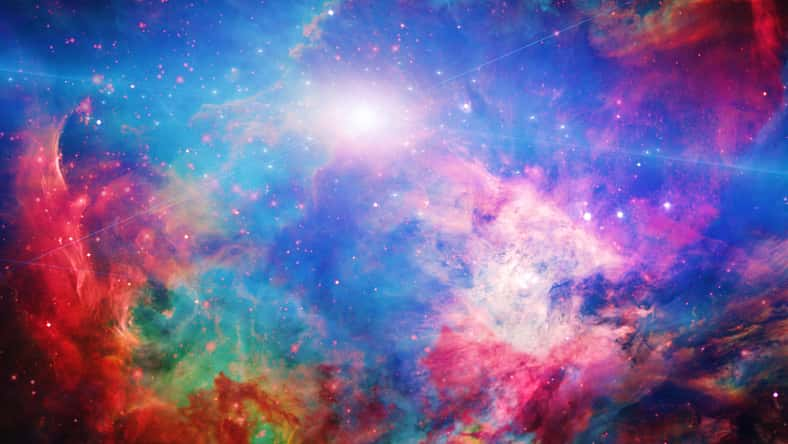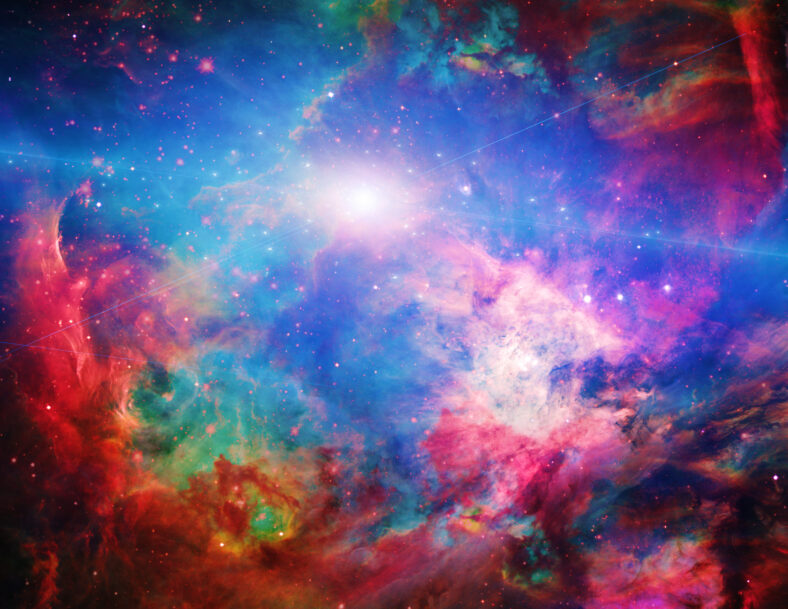
On July 1, 2023, Euclid, the European Space Agency’s wide-angle telescope, embarked on its six-year mission to explore the dark universe.
But before the spacecraft could begin surveying its surroundings, scientists had to make sure that it was functioning properly.
In September 2023, some images captured during this early testing phase were sent back to Earth. One of the fuzzy images seemed to depict a special phenomenon known as an Einstein ring.
“I look at the data from Euclid as it comes in,” said Bruno Altieri, a Euclid archive scientist. “Even from that first observation, I could see it, but after Euclid made more observations of the area, we could see a perfect Einstein ring. For me, with a lifelong interest in gravitational lensing, that was amazing.”
An Einstein ring occurs when a distant galaxy is perfectly centered behind a closer one. The positioning causes its light to be distorted into a circle.
Albert Einstein himself was aware of the effect, but in 1936, he said that it was not possible for the phenomenon to be observed directly. However, he did not know about the power of telescopes back then.
The Einstein ring is an extremely rare discovery to make. It turned out to be hidden in a galaxy a short distance away from ours.
The galaxy, named NGC 6505, is around 590 million light-years away from Earth. It is the first time that the ring of light was detected, and it’s all thanks to Euclid’s advanced technological capabilities.
Einstein rings are examples of strong gravitational lensing. Einstein’s theory of general relativity states that light bends around objects in space. The effect was first observed during a total solar eclipse in 1919.

Sign up for Chip Chick’s newsletter and get stories like this delivered to your inbox.
For more massive objects like galaxies, the gravitational lensing effect is stronger, making the light appear brighter.
When the alignment is exactly right, light from the distant galaxy bends to form a ring around the closer object.
Studying the gravitational effects of Einstein rings can help scientists better understand the expansion of the universe and possibly detect invisible dark matter and dark energy.
“I find it very intriguing that this ring was observed within a well-known galaxy, which was first discovered in 1884,” said Valeria Pettorino, an ESA Euclid Project Scientist.
“The galaxy has been known to astronomers for a very long time. And yet, this ring was never observed before. This demonstrates how powerful Euclid is, finding new things even in places we thought we knew well. This discovery is very encouraging for the future of the Euclid mission and demonstrates its fantastic capabilities.”
Over the years, dozens of Einstein rings have been found. Another was recently discovered by the James Webb Space Telescope in an elliptical galaxy. A colorful spiral galaxy similar to the Milky Way was warped around it.
The findings were published in Astronomy & Astrophysics.












